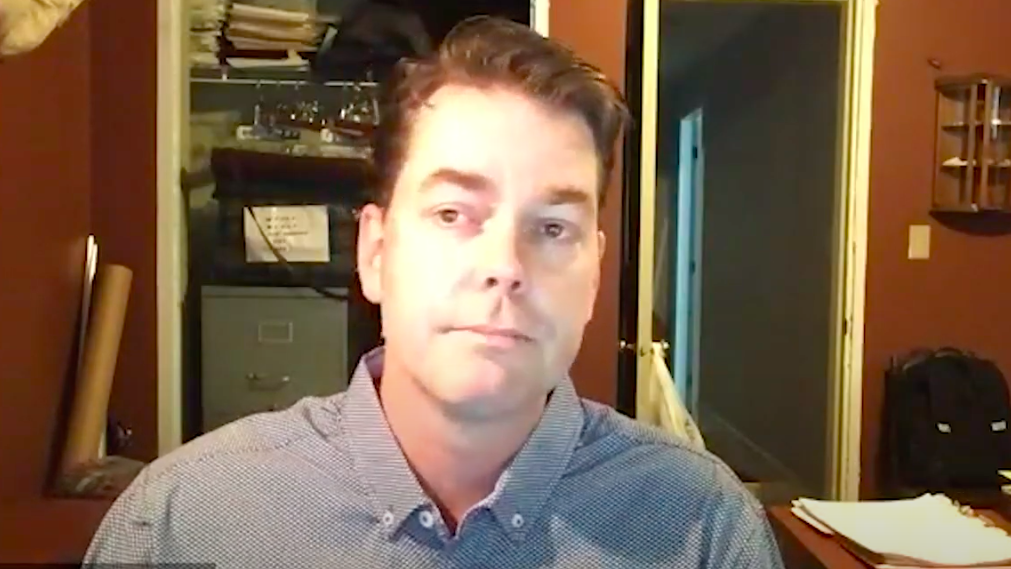Veteran and Indigenous community efforts often forgotten during Remembrance day.
Video by Molly Cone
Multimedia interactive by Arfa Rana
By Angie Toczyski
With Remembrance Day being such a big part of Canadian culture today, it can be hard to look at what is often missed when honouring veterans and contributors to the war. A group that is often overlooked are Indigenous communities, with over 7,000 Indigenous people who served for the First and Second World War.
According to a Veterans Affairs Canada study, Indigenous communities were very involved in contributing during the Second World War, including offering reserve land for airport and rifle ranges, as well as over $23,000 in donations.
“Their colleagues didn’t give a damn about their colour, as long as they trusted them to have their back,” Scott Sheffield, professor at the University of Fraser, explains.

But after the war, recognition and life back home was not the same as other veterans.
James Dempsey, a professor at the University of Alberta, said he had three uncles who served in the war.
Dempsey says that it was only in the last 20 years that Indigenous and other ethnic minorities were represented in Remembrance Day ceremonies.
With these new ways of recognition, Dempsey says there is some progress.
(Story continues below interactive)
“It is a face, a name and a story to each of these people. It gives that personal connection. That it’s not just a number,” Dempsey explains.
About 500 Indigenous soldiers lost their lives fighting both wars for Canada.
“Remembering is not just a single event. It’s not just you do it once and you’re done. It is an act of ongoing commitment,” Sheffield says.

Leave a Reply